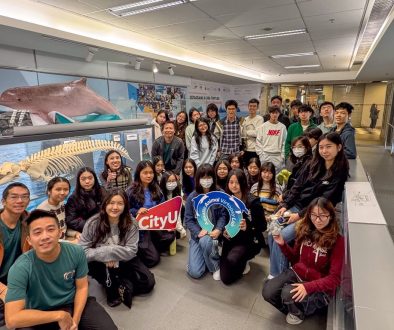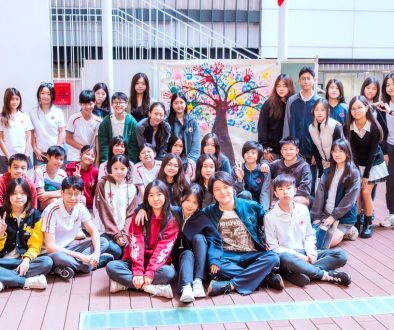An Art Experience of a Lifetime: The S3-DP1 Italy Art Experiential Learning Journey 13-22 June 2017
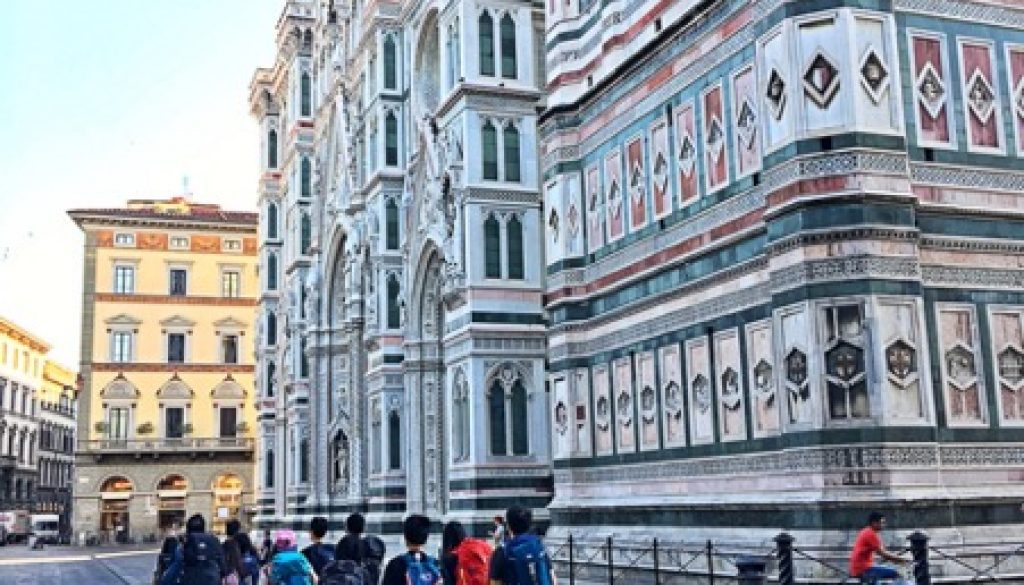
Jasmine Lam (DP1A of AY1617)
The Italy Art Experiential Learning Journey was an opportunity for me, as a IB Visual Arts student, to visit great works of art from both past and present. The art we were so fortunate to be able to see transformed from images on our computer screens to something very tangible and awe inspiring. The learning journey to significant Italian cities which brought about the Renaissance enabled us to better understand the context in which da Vinci, Michelangelo and other greats created art. Their immersion into an environment where there was constant exchange between philosophers, mathematicians and scientists was what sparked some of the greatest innovations in art that changed the way we see and depict the world today.

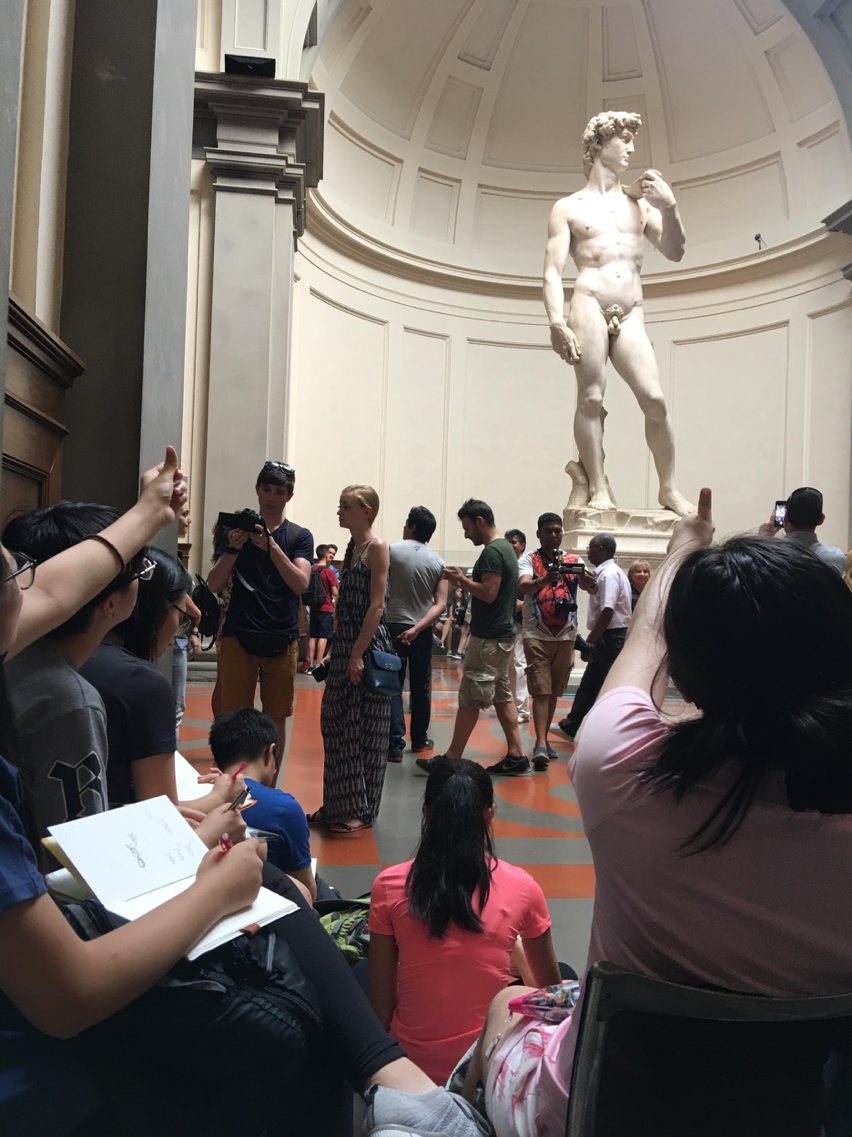
Apart from viewing Renaissance artworks, we had the opportunity to participate in a Fresco workshop in Florence which further enhanced our understanding of how artworks such as Michelangelo’s “The Creation of Adam” (1508-1512) which we saw at the Sistine Chapel was created. Interestingly, despite fresco being an ancient technique popular in the 16th century during the Renaissance, many of us felt that we could handle the medium far better than contemporary medium such as acrylic paint and watercolour. We collectively agreed that we should paint a fresco in SISHK in the coming academic year.
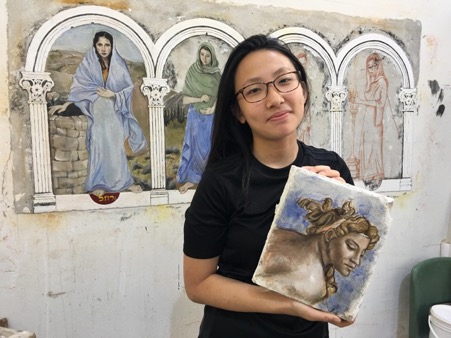
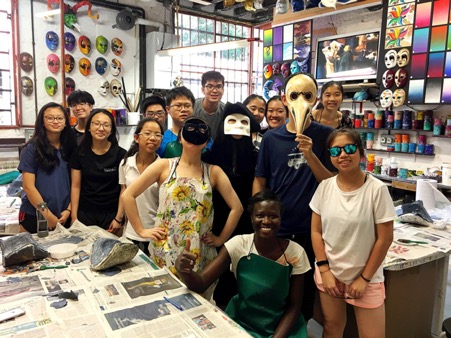
While the experience of physically encountering and connecting with artworks from the Renaissance was unforgettable, the art experience that struck me the most throughout the entire learning journey was visiting contemporary Taiwanese artist, Tehching Hsieh’s body of work entitled “Doing Time” at the Venice Biennale 2017.
This series of work consist of the documentation of Tehching Hsieh’s life under strict rules devised by himself to question different aspects of human nature and to address the tension between freedom and captivity. For one of his one-year performances, as an illegal immigrant in New York in the 1980s, he imposed the rule of living outdoors without shelter for one whole year while roaming freely along the streets of Manhattan. Hsieh’s apparent freedom came at the cost of the violence of the law, physical degradation and vulnerability. The only time he was forced to head indoors was when he was arrested by the police for suspected involvement in a fight with a passerby and was dragged into the police station. When the judge read about Tehching Hsieh’s self-imposed strict rules on the New York Times, he agreed to allow the artist to be judged outside of the courthouse. The judge eventually did not sentence Hsieh to jail time as he felt that the strict rules imposed by the artist was in itself harsher than any jail term. Hence, Hsieh titled this work “Doing Time”.
From his work, our limited understanding of art being something that is static, an object created in the past to be viewed in the present and future, evolved to that of art being something that is perpetually occurring and evolving. The limits to which human endurance was pushed through Hsieh’s durational performance art works touched many of us. During our debrief that evening, most of us articulated that Tehching Hsieh’s work was transformational for us in that it got us discussing at a philosophical level, when and how do we distinguish durational performance art from life. Is there even a need to distinguish art from life? To quote Joelle Ho, one of the AY1617 S4 Art & Design students, “Some people are born to make art and some are born as Art. Tehching Hsieh is definitely born as Art”.


Other than Tehching Hsieh’s work, the other pavilions in the Venice Biennale were equally thought provoking. Even though I did not fully understand the intentions behind every single piece of art, I started to comprehend the underlying theme of breaking boundaries in each art work, whether it be a commentary about politics, human nature, or even art itself.
It was quite an interesting experience to see art happen and to see art being made in front of your eyes. For me, it opened up a lot of doors in my own art making. I finally understood that art is not confined to any particular medium nor is it confined by the intentions of the artist. Art is created by the artist, and is defined by the viewer. Ultimately, art is experienced by the viewer through various means; not only through observation, as we would assume from preconceived notions about art, but also through active participation, through connecting with various areas of knowledge that make art impactful. Through the interdisciplinary nature of how art was presented and experienced at the Biennale, it was also clear to many of us that in art and in life, innovative outcomes often result from the amalgamation of ideas from diverse areas.


Other than the artistic components of the learning journey, the experiential aspect was just as important in enabling us to understand the need to process and synthesize various sources and disciplines of information in life.
We took turns to navigate our way through Milan, Venice, Florence and Rome using Google Maps coupled with physical maps, signposts and even at times, simply learning to ask for directions. It was important that we kept an open mind to observe our surroundings and learn to piece various sources of information together beyond what technology instructs us. This experience was not just about learning how to physically find our way around in an unfamiliar place. In a world where we are online most of our waking hours, this experience taught us how to deal with the unknown in a real world situation, in learning how to take calculated risks, persisting, gathering meaningful information and making use of our knowledge and skills (and at times learning to simply use common sense) to make wise decisions when encountered with unfamiliarity.
We also put our leadership skills to the test when encountered with authentic situations where we needed to motivate, convince and inspire the team to carry on despite walking unnecessary steps when we took longer routes to our destinations under the blazing Italian sun. We learnt to support one another as a team and be more tolerant when others make mistakes because we too have been in their shoes.
Another highlight of the trip was that we stayed in apartments in the various cities to develop our independent living skills in preparation for university life after SISHK. We grocery shopped and prepared most of our own breakfasts and learnt how to cook authentic Italian dishes like pasta, pizza and gelato.
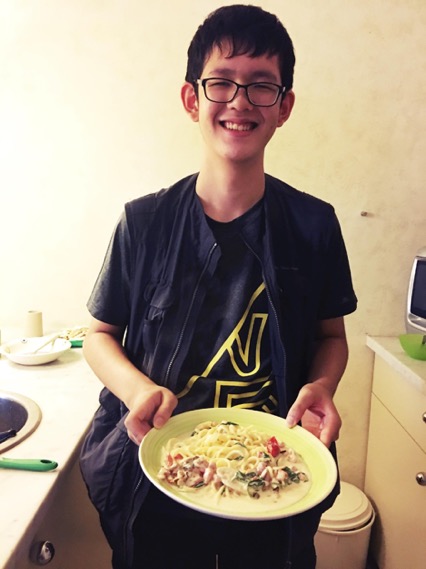
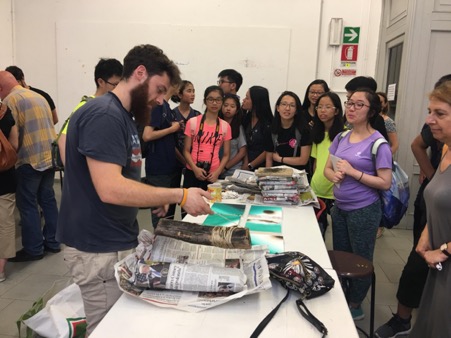
Living with our group mates also taught us many lessons in life. We learnt to look out for one another despite our differences. As a senior on the trip, it was enjoyable to check in on the younger ones and take care of one another. The bond that we’ve created across the different cohorts of Visual Arts students will hopefully be a lasting one.
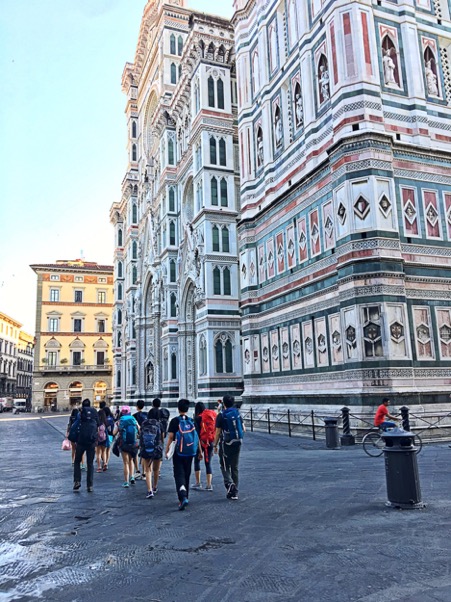
The moment I left Italy, I felt a void and immediately missed the ten days and the memories we shared. Through the trip, every single one of us have grown in one way or another. Through learning about life through the art we encountered and the experience of rugged travel, I have returned to Hong Kong realizing that the richness of the world we live in can only be experienced with an open mind, in observing the world around us and in participating in it physically and not just virtually. Through the experiential learning approach, I have also come to a realization that I can live simply and still live a fulfilled and meaningful life.
The future is unknown. However, I am quite sure this learning journey has assured us that we will be able to meet the challenges of the future as long as we, just like the many artists across time whom we have encountered during this trip, continue to innovate through harnessing ideas, knowledge and skills across diverse areas of knowledge. The life lessons which we have acquired through experiential learning will definitely better equip us to deal with the challenges which lie ahead.

